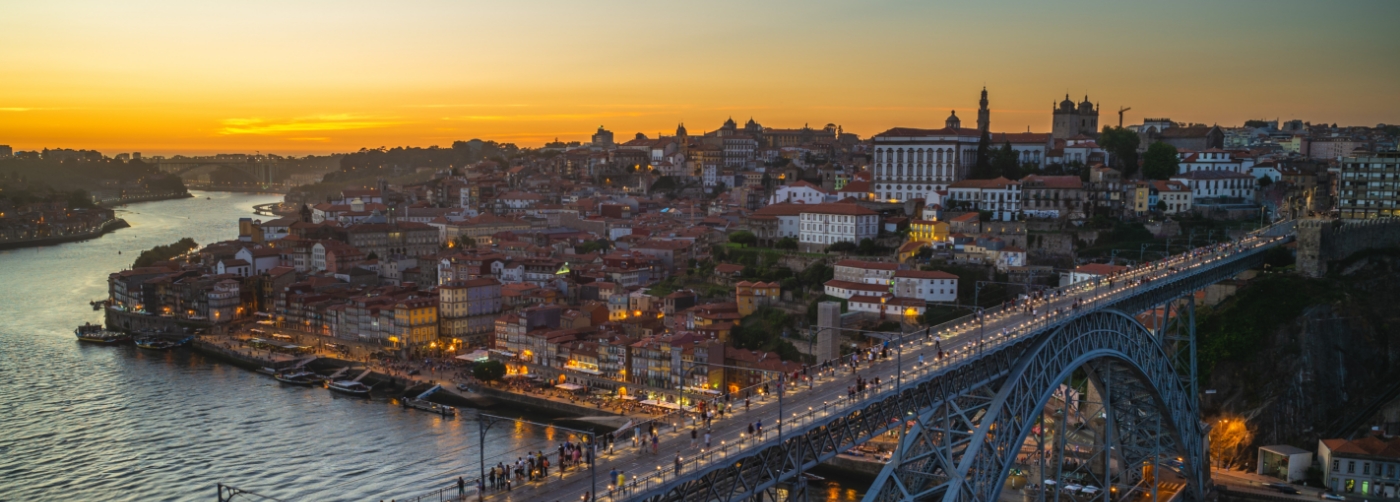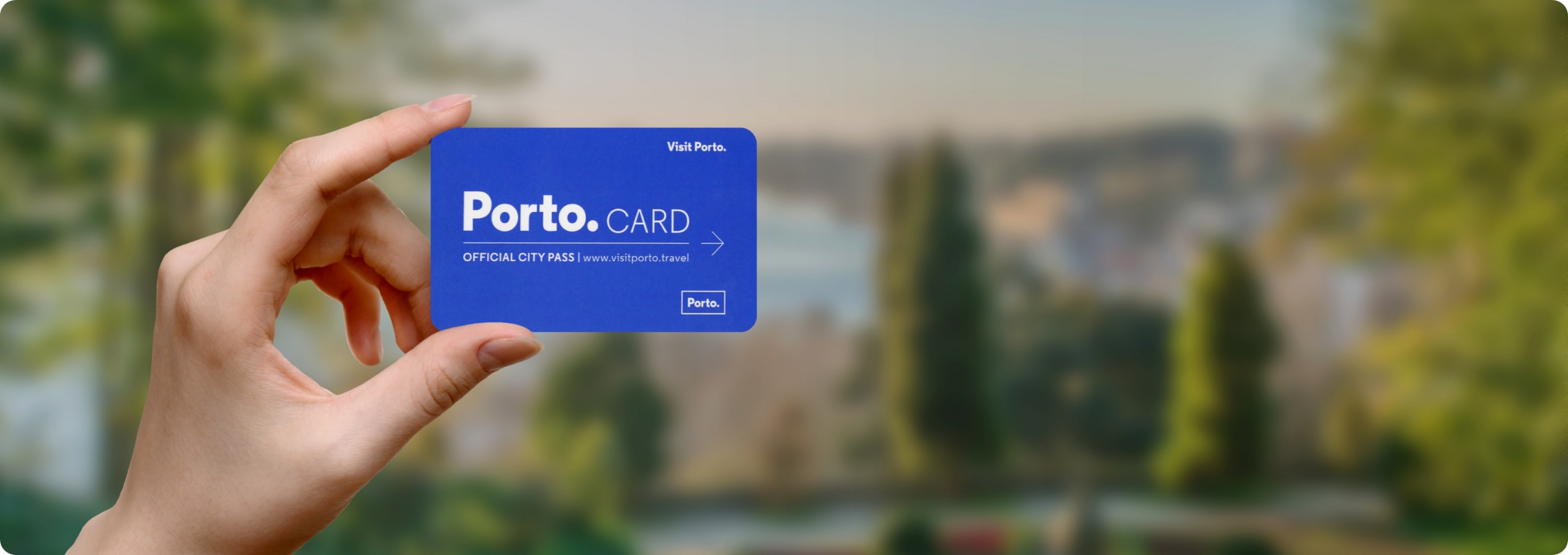
12°C / 53°F
Despite its UNESCO World Heritage status, Porto keeps moving to the pace of modern life. Welcome to a vibrant European city where history inspires innovative stories, where world-class research finds sustainable ways to highlight nature and where tradition fuels creativity. Welcome to the award-winning Porto City.

PORTO.CARD

Make the most of your visit with the official city pass.
Buy NowCatch of the day:
Porto was elected Voted Europe’s Leading Seaside Metropolitan Destination

In Focus
When it comes to "best tourist destination" awards, Porto is always on board. In 2024, the World Travel Awards chose Porto as the winner of the "Europe's Leading Seaside Metropolitan Destination" category.